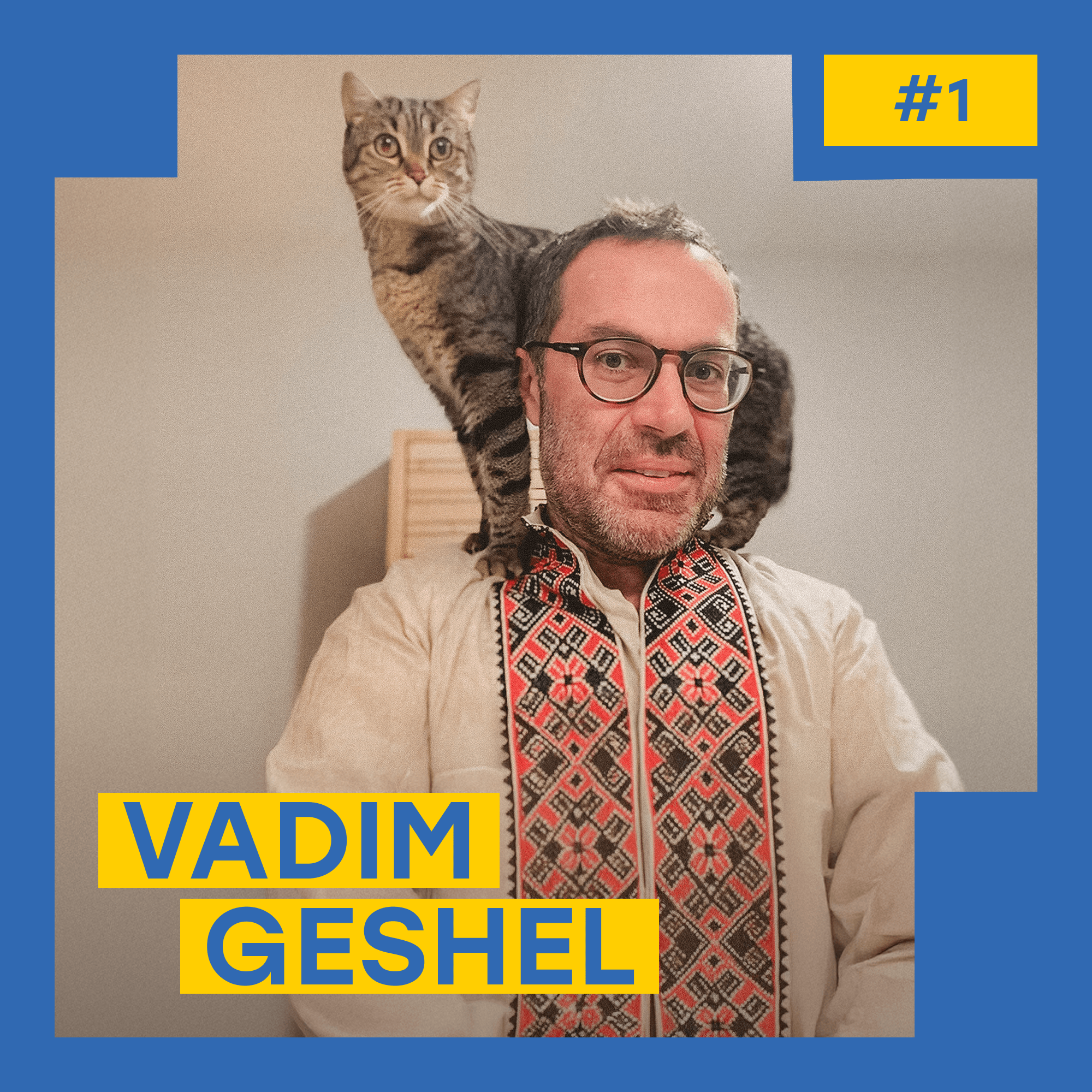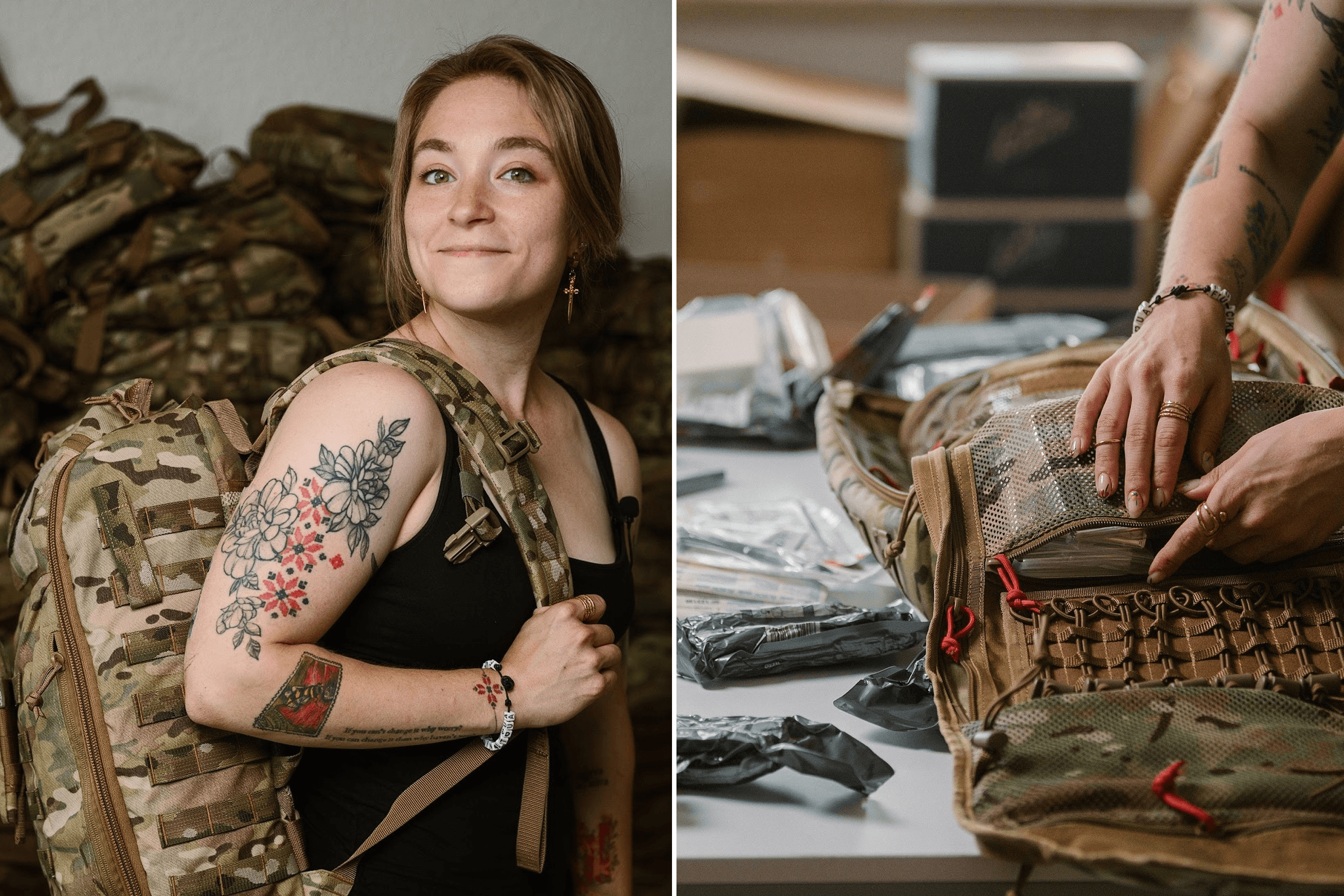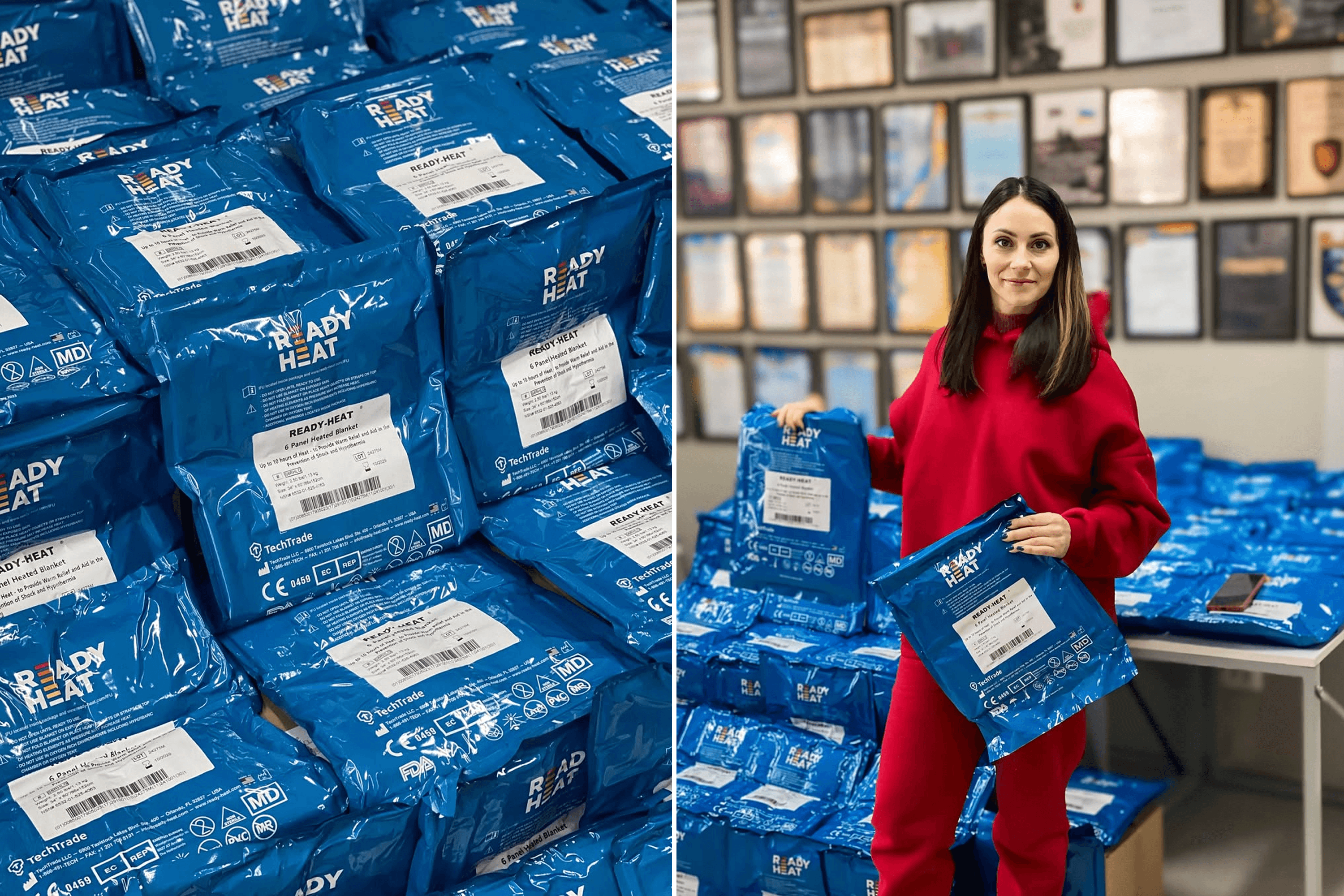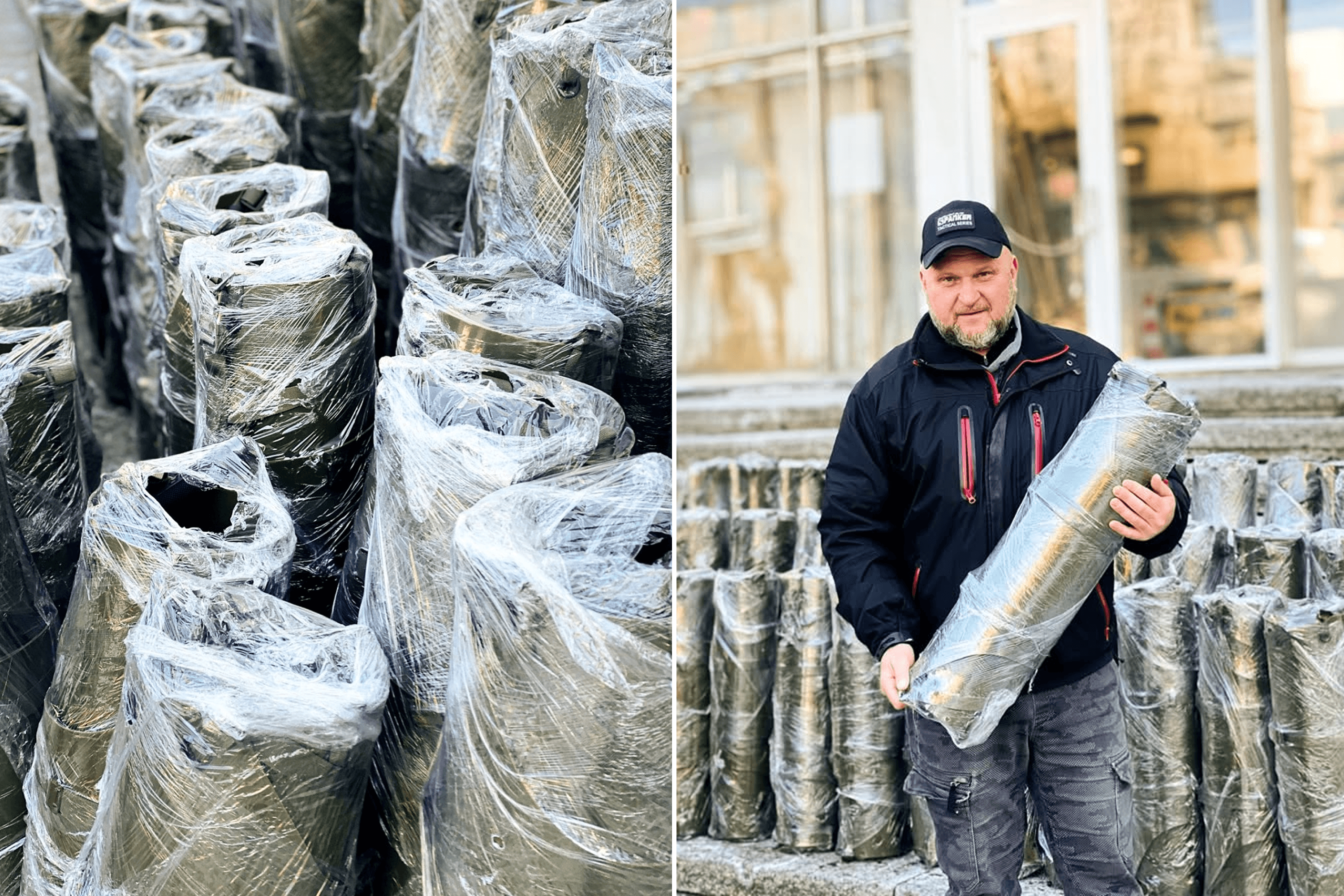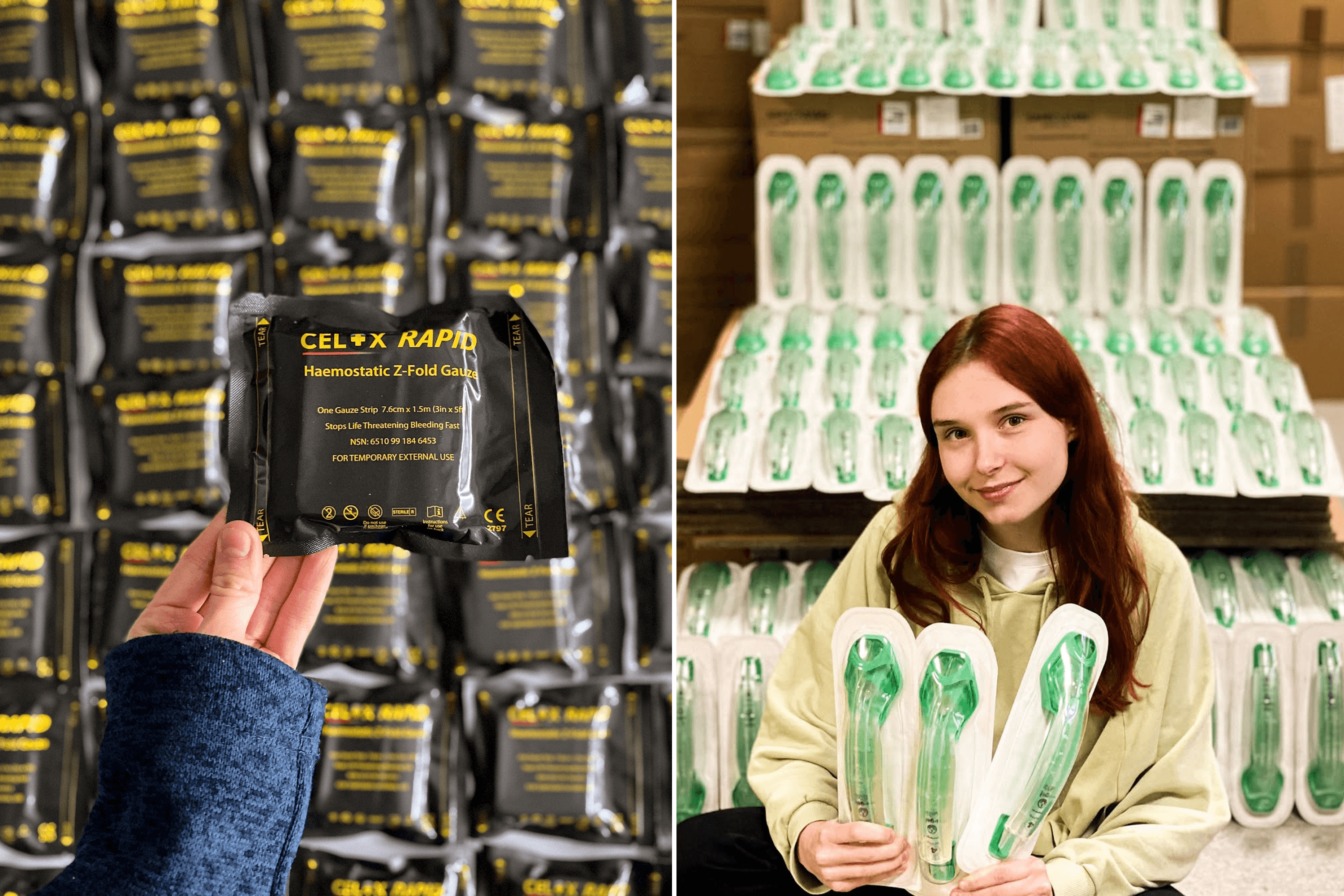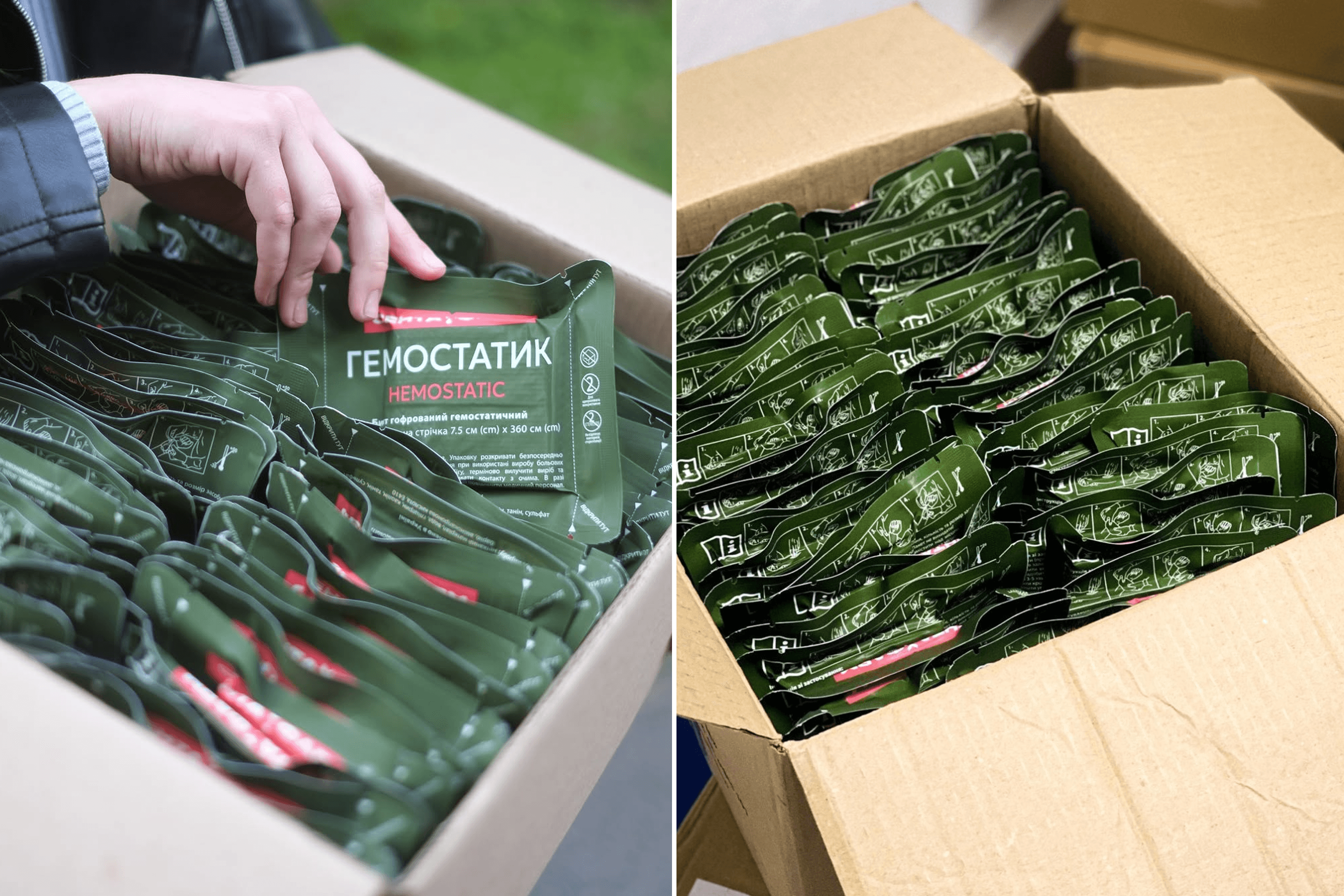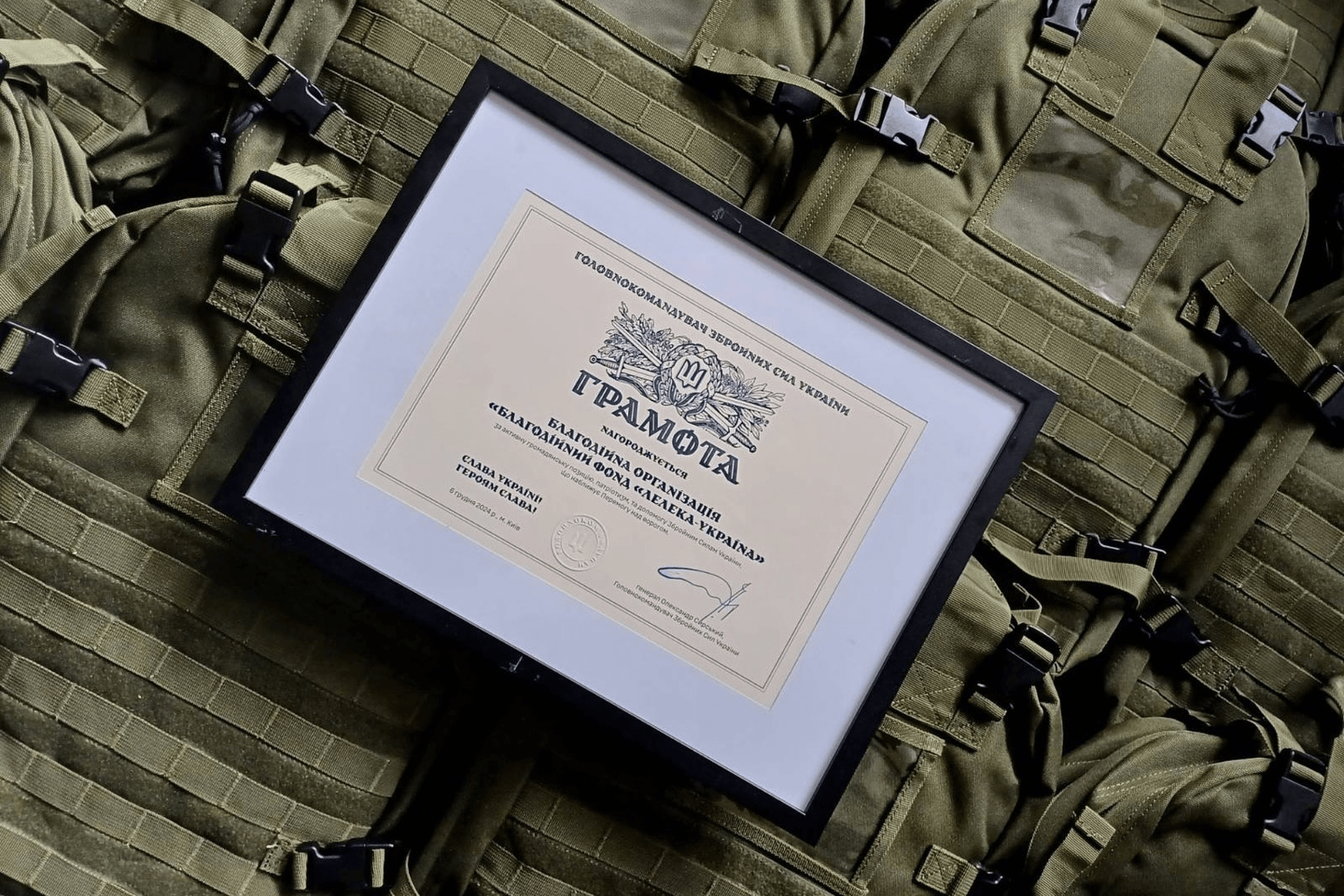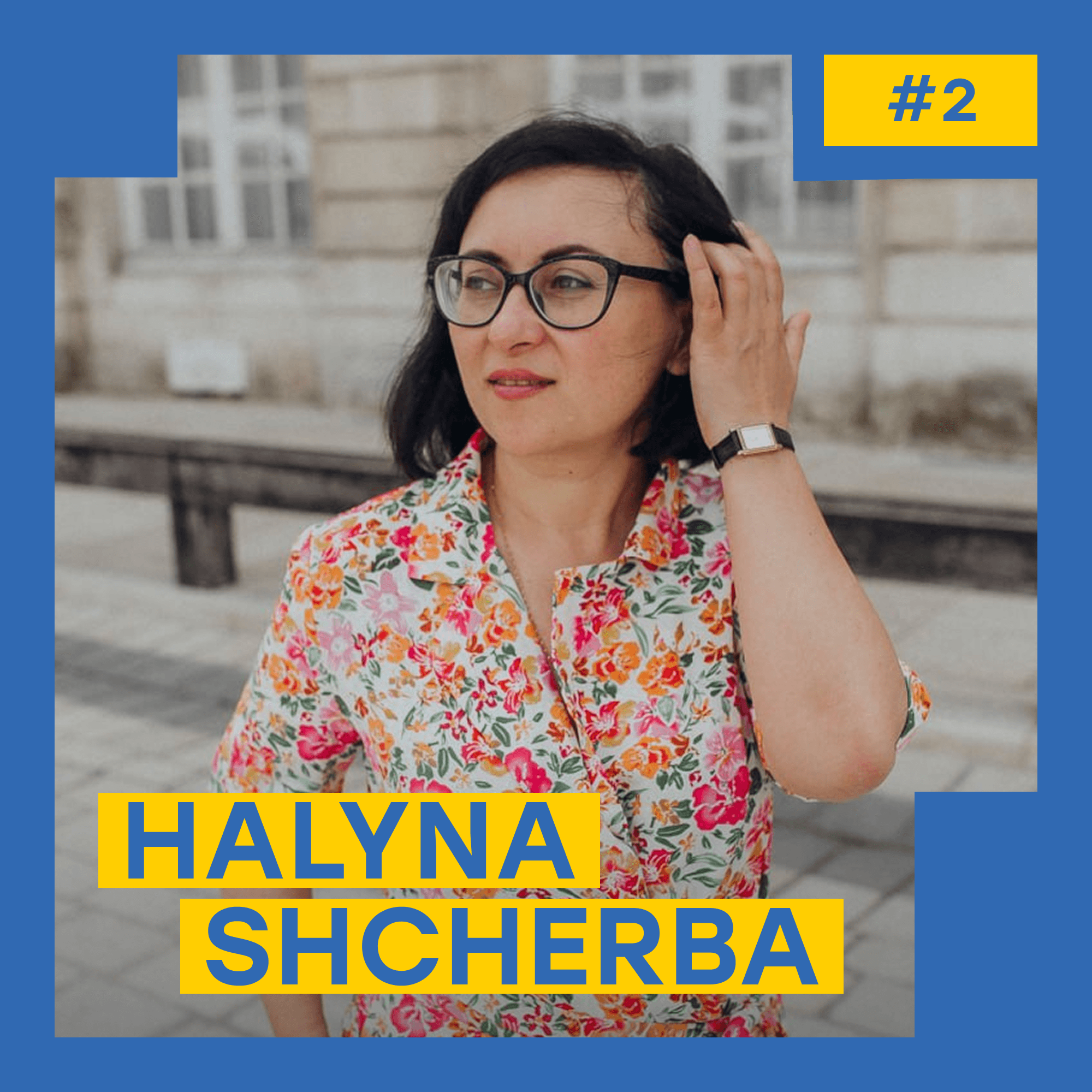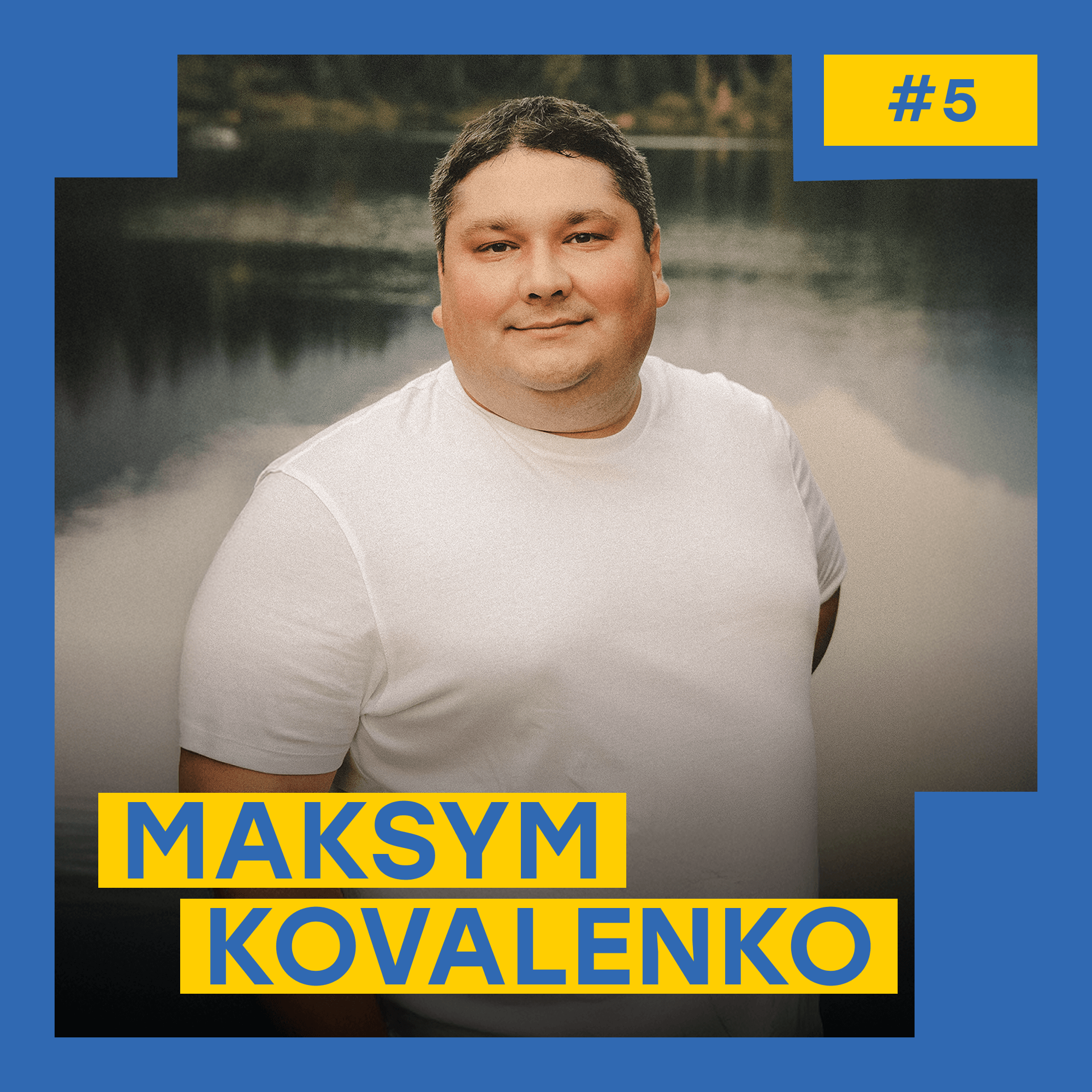The Leleka Foundation is one of the most recognized Ukrainian charitable organizations operating abroad. Its co-founder, Vadіm Geshel, resides in the United States. When Russia began its military aggression in the Donetsk and Luhansk regions in 2014, Vadim decided to support the Ukrainian armed forces.
The foundation specializes in tactical medicine. Vadіm explains that this focused approach makes it easier to raise funds, as it allows for clear and specific explanations regarding how donations are used.
In the I’m Just Asking! podcast by YBBP, Vadim discusses how the foundation operates in the U.S., strategies for motivating people to donate, and the process for registering a charitable organization in the U.S. Here are the key points from the discussion:
The foundation has been active since 2014, following the annexation of Crimea and the start of the war in Eastern Ukraine. In those early days, Ukraine’s armed forces began adopting NATO standards for tactical medicine, which required essential items like tourniquets and bandages that were often difficult to obtain in Ukraine. Many people in the diaspora, particularly in the U.S., were eager to help but faced obstacles in sending money or parcels to Ukraine. This led to the decision to register a charity directly in the United States.
Currently, there are two closely collaborating organizations: the American-based Leleka Foundation and the Ukrainian charitable fund Leleka Ukraine. It is crucial to be officially registered and recognized by the IRS to fundraise in the U.S. In Ukraine, the foundation works directly with military medics, which requires having a local team on the ground.
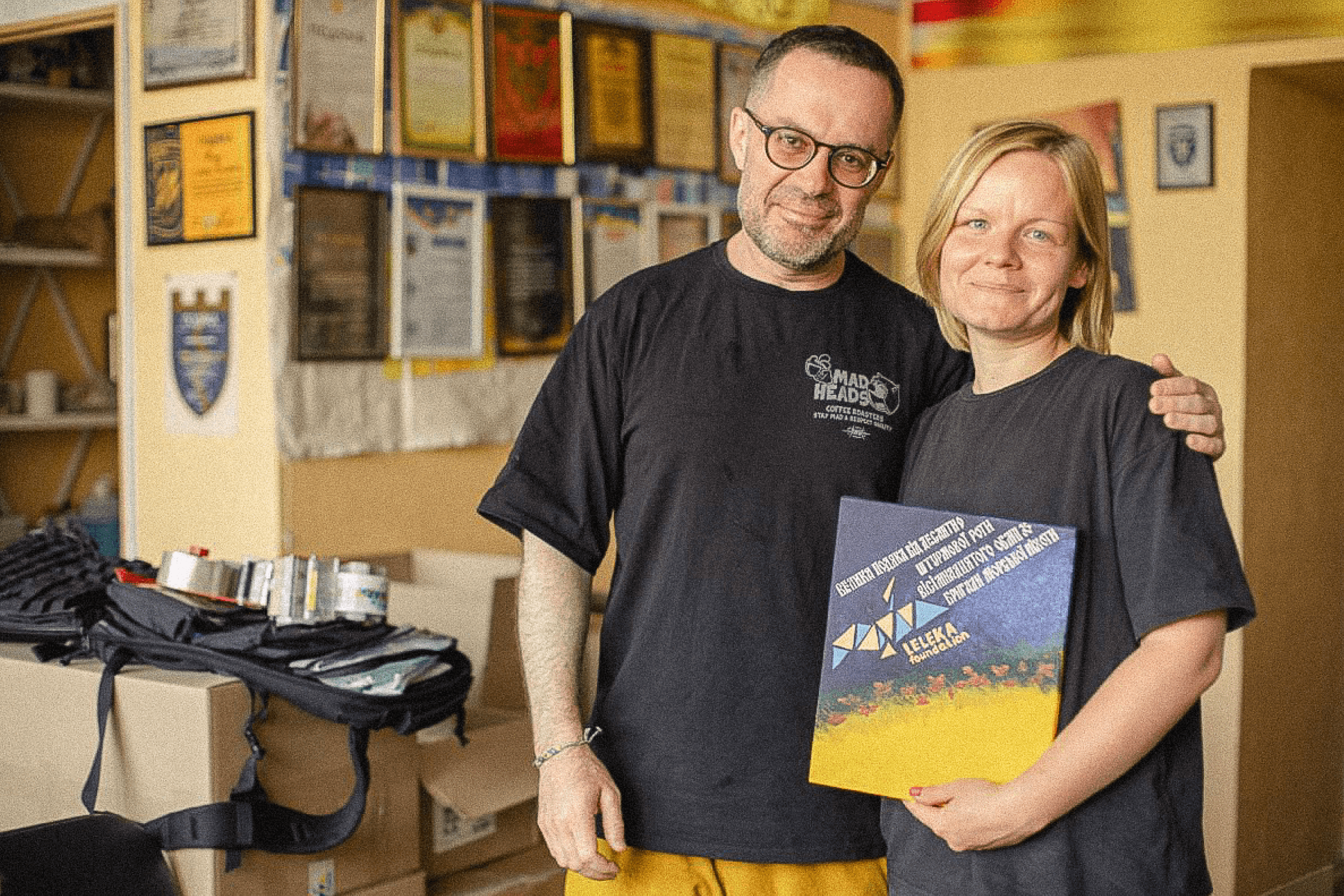
While registering a charity in the U.S. is not strictly necessary, it significantly simplifies the fundraising process. A Ukrainian organization or even an individual can reach out to American audiences for donations, and it is generally legal for Americans to send money to personal accounts or Ukrainian charitable foundations. However, this typically works best with individual donors. In contrast, businesses and institutions usually prefer to donate to organizations that are officially registered in the U.S., as this is easier from a legal standpoint.
It’s also important to note that many Ukrainians actively organize fundraising campaigns on a regular basis. To effectively engage support from an American or international audience, it is essential to provide a simple and reliable payment method that works smoothly for international donors.
Registration for a nonprofit organization occurs at the federal level and happens in two stages. First, you register simply as a corporation or business. Then, you file to have that legal entity recognized as a nonprofit. There’s a concept known as “501(c) (3) status”. This refers to a paragraph in the tax code that outlines the requirements for certain types of organizations. Incorporation depends on the state, but it’s a quick process. Getting recognized as a nonprofit took us a few months, but it’s retroactive — meaning if you apply on March 1 and receive approval on June 1, your activities starting from March 1 are also recognized.
Our bylaws were prepared by an American law firm that we were introduced to through mutual friends, who are Ukrainian lawyers. In the U.S., especially within large legal firms, there is a tradition of pro bono work. This means that many firms provide a portion of their services free of charge, either for foundations or individuals in need. We have benefited from this support several times throughout the years, which has been incredibly valuable. Lawyers in the U.S. are very expensive, but this kind of opportunity does exist.
Like in 2014, we continue to focus exclusively on tactical medicine. This involves providing first aid for military medics working on the front lines — directly saving the wounded on the battlefield, stabilizing them, and evacuating them to field hospitals. This clear mission simplifies the fundraising process, as we can quickly explain what we do.
Our primary product is the combat medic backpack, which is a specialized backpack that military medics carry, filled with first aid supplies such as tourniquets, needles, occlusive dressings, and bandages. We also prioritize evacuation vehicles and electronic warfare (EW) systems that protect these vehicles from drones, given that Russians deliberately target them. A fully equipped combat medic backpack costs about $1,000, while electronic warfare systems range from $7,000 to $10,000.
There are still many people in the U.S. who have a negative view of Russia and firmly believe that Ukraine deserves support. We try to remind them that the war is ongoing, that the threat extends beyond Ukraine and hasn’t diminished — in fact, it continues to grow. We provide regular updates on how donations are spent, often as a simple screenshot on Instagram showing the monthly total and how the funds were used. For example, how many backpacks, vehicles, EW systems, or stretchers we purchased. Since the start of the full-scale invasion, we’ve raised and spent approximately $13 million.
We use several platforms to collect donations — PayPal, Venmo, and others. Over the past three months, the average donation has been around $90. However, we also receive large contributions from high-net-worth individuals, private foundations, and occasionally from major corporate donors. Some of the donations have reached hundreds of thousands of dollars. In a few cases, the same large donors have come back more than once, giving $200,000–$300,000 each time.
The approach to attracting corporate donors differs significantly from that used for individual contributions. In our experience, it largely depends on personal connections and referrals — for example, knowing someone who works in the charitable foundation of a large company.
The biggest wave of support came at the beginning of the full-scale war. From 2014 to 2022, our fundraising volumes were much smaller, and, as far as I recall, it was mostly the Ukrainian diaspora who donated. From February to April 2022, we started receiving significant donations from wealthy Americans and corporate foundations. During this period, we frequently received large contributions from individuals we had never heard of before.
These days, donation spikes are unfortunately driven less by our activity and more by the news. For example, there was a noticeable uptick at the end of February this year, when the U.S. temporarily halted military aid to Ukraine. In other words, people react to what’s happening in the world. That’s why it’s important to constantly remind them that the war is ongoing and that the needs remain just as urgent.
If you’re looking to operate in the U.S. market, consider registering your own charitable organization. Alternatively, you can look for partners, but in many cases, that can be more complicated than setting up your own. That’s the first thing. The second is that you’ll need a solid accounting and administrative system. You may even need to hire additional staff. But it’s absolutely worth it — because when it’s done right, everything runs like clockwork.
We all dream of the day when tactical medical supplies are no longer needed — when the war is over, Ukraine has won, and people are no longer being injured or killed on the front lines. That will be the happiest day of our lives. But I don’t dream of just stepping away from charitable work and travelling the world. All of us — the founders — volunteer at Leleka. We all have full-time jobs, myself included. And it’s deeply important to me to be doing something that helps others. I can’t say I just want to stop. But if the need to support the military were to disappear, I’d be more than happy to shift my efforts to rescuing cats and dogs instead.
